
The BMW 3.0 CSL (E9), produced between 1971 and 1975, stands as a remarkable example of engineering excellence and design elegance, cementing its place in the annals of automotive history. This lightweight coupé not only showcased BMW’s prowess in integrating performance with luxury but also played a pivotal role in establishing the brand’s identity in motorsports and performance engineering.
This article delves into the essence of what makes the 3.0 CSL a revered classic, exploring its design, performance, racing heritage, unique features, and legacy.
Introduction to the BMW 3.0 CSL
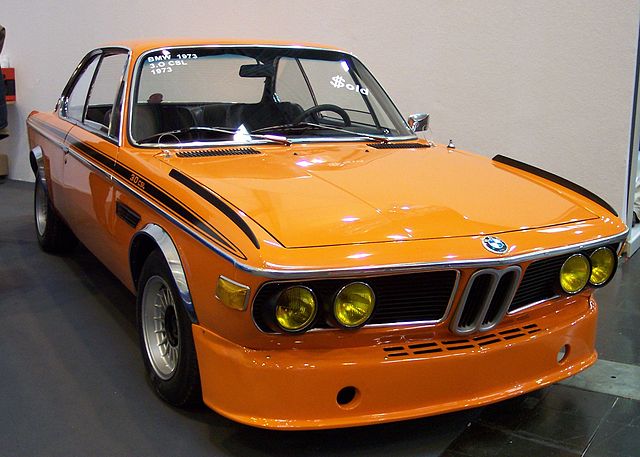
The BMW 3.0 CSL is a lightweight, high-performance version of the BMW 3.0 CS/CSi coupe, part of the E9 series. Introduced in May 1971, the CSL (Coupé Sport Leichtbau, meaning Coupe Sport Lightweight) was designed as a homologation special to qualify for the European Touring Car Championship.
The use of thinner steel for the main body, aluminum for doors, bonnet, and boot lid, and Perspex side windows contributed to a significant reduction in weight.
The car’s development was spearheaded by BMW’s Motorsport division, marking the beginning of BMW’s commitment to producing performance-oriented vehicles that could excel both on the racetrack and the road.
The 3.0 CSL’s aesthetic was not just about looks; its distinctive aerodynamic features, including the famous rear wing, air dam, and fins, served practical racing purposes while also setting a new standard for sports car design.
The initial versions were equipped with a 3.0-liter inline-six engine, later upgraded to 3.2 liters, delivering more power and torque. This engine was paired with a four-speed manual transmission, later models received a five-speed manual, enhancing the CSL’s driving dynamics and appeal among enthusiasts.
Design and Aesthetics
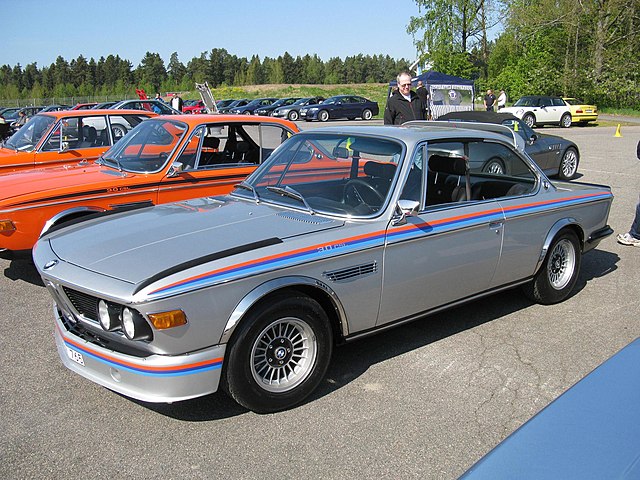
The BMW 3.0 CSL’s design is a masterclass in balancing form and function. The car’s silhouette is sleek and elongated, with the iconic kidney grille at the front, setting the stage for a design language that BMW would continue to refine over the decades. The low stance and flowing lines not only contributed to its aesthetic appeal but also improved aerodynamics.
The interior of the CSL was a reflection of its sporting ambitions, with a focus on weight reduction while maintaining a degree of comfort. Seats were covered in lightweight materials, and unnecessary trim and soundproofing were removed. Despite these reductions, the CSL’s cabin remained relatively comfortable and functional, a testament to BMW’s ability to blend performance with luxury.
The color palette for the 3.0 CSL was deliberately bold, featuring colors such as Polaris Silver, Taiga Green, and Inka Orange. These vibrant colors, combined with the car’s striking physical features, made the CSL instantly recognizable and highly desirable among enthusiasts and collectors.
Performance and Engineering
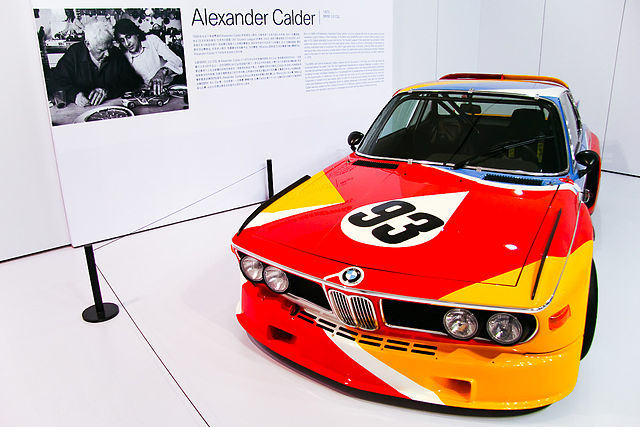
At the heart of the BMW 3.0 CSL’s appeal is its exceptional performance, derived from a combination of lightweight construction and powerful engine configurations.
Initially equipped with a 3.0-liter engine, the CSL’s power output was later increased with the introduction of the 3.2-liter inline-six, which produced up to 206 hp in its final form. This engine enabled the CSL to achieve 0 to 60 mph times of approximately 6.5 seconds, an impressive feat for the time.
The car’s handling characteristics were equally remarkable, thanks to its reduced weight, balanced distribution, and finely tuned suspension system. The CSL was equipped with independent suspension all around, featuring MacPherson struts at the front and semi-trailing arms at the rear, ensuring responsive and precise handling.
Braking performance was also a key focus, with the CSL featuring disc brakes on all four wheels, providing excellent stopping power and endurance, especially crucial for its success in motorsport competitions.
Racing Heritage
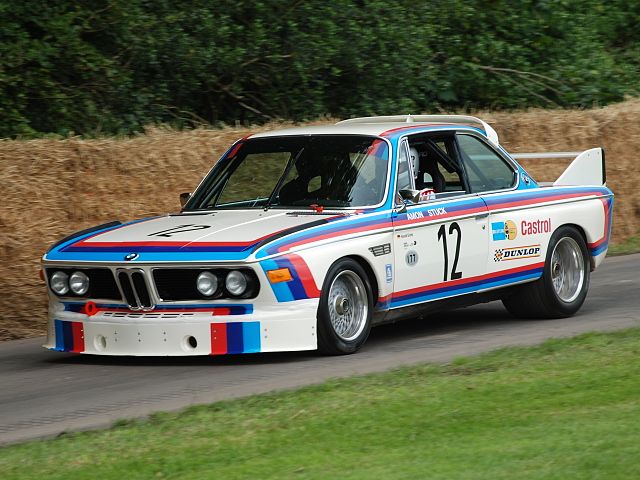
The BMW 3.0 CSL is perhaps best known for its formidable presence in motorsport, particularly in the European Touring Car Championship. The CSL’s racing pedigree was established early on, with significant victories and podium finishes throughout the early to mid-1970s.
Its success on the track was a clear demonstration of BMW’s engineering prowess and a pivotal factor in establishing BMW Motorsport as a dominant force in racing.
The CSL’s aerodynamic enhancements, including the addition of a large rear wing, front air dam, and other body modifications, were not merely for show. These features provided significant downforce, reducing lift and improving stability at high speeds, giving BMW drivers a competitive edge.
The car’s racing success was not limited to Europe; it also made a notable impact in the United States, competing in the IMSA GT Championship. The BMW 3.0 CSL’s legacy in motorsport is a testament to its design and engineering, solidifying its status as a legendary racing machine.
Unique Features and Innovations
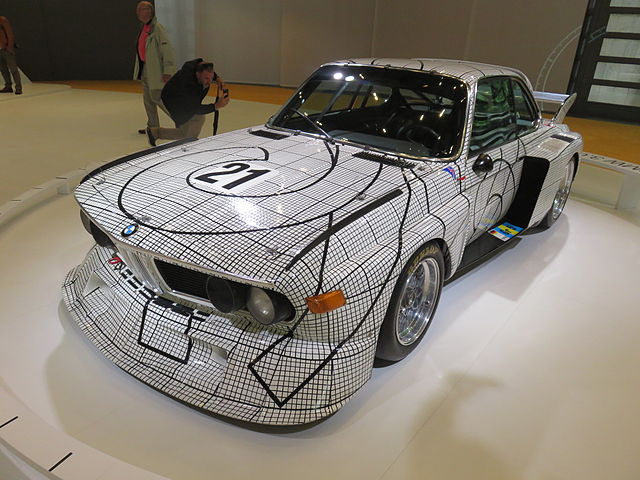
The BMW 3.0 CSL introduced several innovations and unique features that set it apart from its contemporaries. One of the most distinctive was the use of lightweight materials, such as aluminum and Perspex, which were revolutionary at the time and contributed to its “Lightweight” designation.
This approach to reducing weight without compromising strength or safety would influence future generations of performance vehicles.
The aerodynamic modifications, including the rear wing, were initially supplied unmounted due to regulations, earning the CSL the nickname “Batmobile.” These features, while functional, also contributed to the car’s aggressive and distinctive look, making it one of the most recognizable models in BMW’s history.
Furthermore, the CSL was among the first to incorporate a fully adjustable suspension system, allowing for fine-tuning according to racing conditions and driver preferences. This level of customization was rare at the time and highlighted BMW’s commitment to performance and handling.
Legacy
The BMW 3.0 CSL’s legacy is enduring, influencing not just future BMW models but also the broader automotive landscape. Its blend of performance, design, and innovation set new standards for what a luxury sports coupe could be. Today, the CSL is highly sought after by collectors and enthusiasts, revered for its beauty, driving experience, and historical significance.
The 3.0 CSL’s influence can be seen in BMW’s later models, including the M series, where the emphasis on lightweight design, powerful engines, and advanced aerodynamics continues. The CSL’s spirit lives on in the BMW lineup, with models like the M4 CSL drawing direct inspiration from this classic icon.
In conclusion, the BMW 3.0 CSL (E9) is more than just a car; it is a symbol of BMW’s innovative spirit, racing heritage, and dedication to performance and style. Its impact on the automotive world remains profound, cementing its place as a timeless classic that continues to inspire and captivate.
